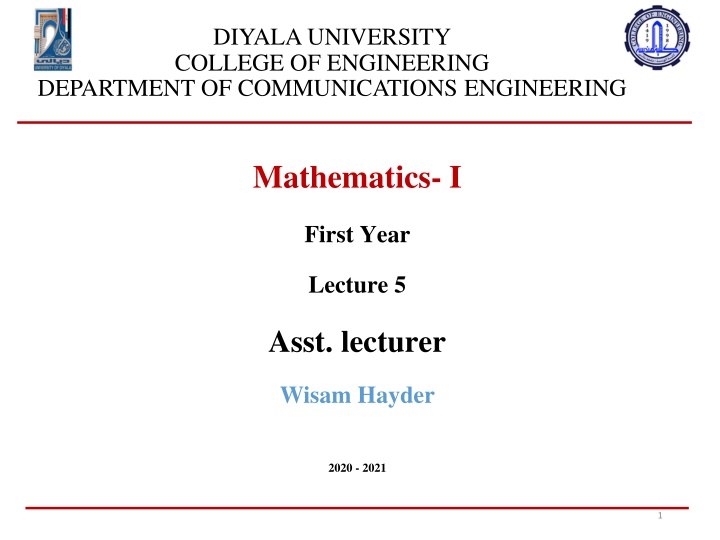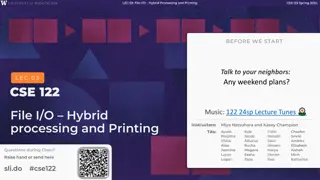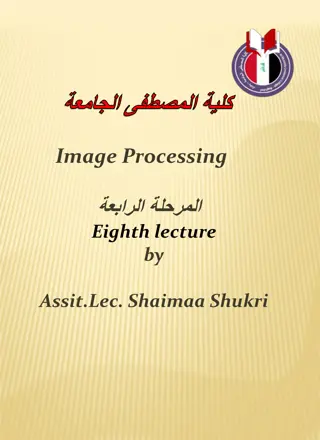
Engineering Mathematics: Application of Derivatives and Integrals
Explore the application of derivatives and antiderivatives in engineering mathematics. Learn about indefinite integrals, areas, distances, and more with examples and explanations provided by Asst. Lecturer Wisam Hayder at Diyala University College of Engineering.
Download Presentation

Please find below an Image/Link to download the presentation.
The content on the website is provided AS IS for your information and personal use only. It may not be sold, licensed, or shared on other websites without obtaining consent from the author. If you encounter any issues during the download, it is possible that the publisher has removed the file from their server.
You are allowed to download the files provided on this website for personal or commercial use, subject to the condition that they are used lawfully. All files are the property of their respective owners.
The content on the website is provided AS IS for your information and personal use only. It may not be sold, licensed, or shared on other websites without obtaining consent from the author.
E N D
Presentation Transcript
DIYALA UNIVERSITY COLLEGE OF ENGINEERING DEPARTMENT OF COMMUNICATIONS ENGINEERING Mathematics- I First Year Lecture 5 Asst. lecturer Wisam Hayder 2020 - 2021 1
Application of Derivatives Antiderivatives 2
Application of Derivatives Indefinite Integrals 6
INTEGRATION Area and Distance Area 8
INTEGRATION In each of our computed sums, the interval [a, b] over which the function is defined was subdivided into n subintervals of equal width (also called length) ? = (? ?) ? and was evaluated at a point in each subinterval: ?1 in the first subinterval, ?2in the second subinterval, and so on. The finite sums then all take the form. 9
INTEGRATION Distance Traveled Suppose we know the velocity function (t) of a car moving down a highway, without changing direction, and want to know how far it traveled between times t=a & t=b. If we already know an antiderivative F(t) of y(t) we can find the car s position function s(t) by setting s(t) = F(t) + C. The distance traveled can then be found by calculating the change in position, s(b) s(a) = F(b) F(a). 10
INTEGRATION Then we can approximate the distance traveled on each time subinterval with the usual distance formula distance = velocity time. and add the results across [a, b]. Suppose the subdivided interval looks like with the subintervals all of equal length ?. Pick a number ?1in the first interval, ?2is a number in the second interval. The distance traveled in the second time interval is about v(?2) ?. The sum of the distances traveled over all the time intervals is Where n is the total number of subintervals. 11
INTEGRATION The Definite Integral DDD 12
INTEGRATION 13
INTEGRATION 14
INTEGRATION 15
INTEGRATION Indefinite Integrals and the Substitution Method The set of all anti derivatives of a function is called indefinite integral of the function. Assume u and v denote differentiable functions of x, and a, n, and c are constants, then the integration formulas are:- 16
INTEGRATION 17
INTEGRATION 18
INTEGRATION 19
INTEGRATION 20
INTEGRATION Area Between Curves 21
INTEGRATION 22
INTEGRATION 23
Applications Of Definite Integrals Volumes Volumes Using Cylindrical Shells 24



![Lec [2] Health promotion](/thumb/274962/lec-2-health-promotion-powerpoint-ppt-presentation.jpg)
